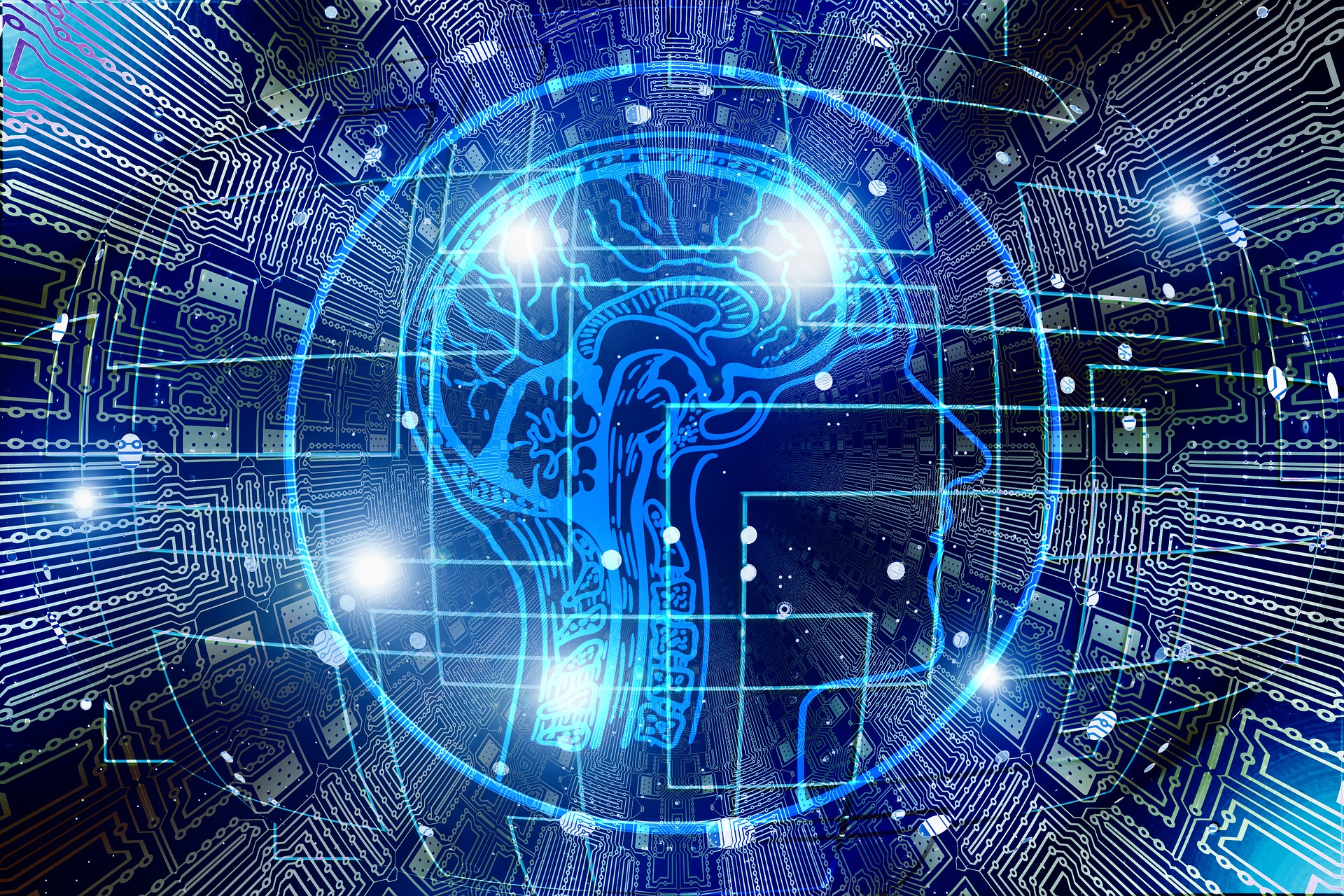In the realm of technological innovation, the ever-expanding landscape of artificial intelligence (AI) has ushered in an era of transformation. AI, with its powerful capabilities in natural language processing (NLP), is making substantial contributions to an often overlooked aspect of intellectual property—patent language standardization. In this comprehensive exploration, we will delve deep into the world of patent language, understanding why it’s crucial, the historical context, and how AI is revolutionizing the standardization process.
Through case studies and insights, we will uncover AI’s profound impact on global patent systems, consider legal and ethical considerations, and chart future trends and challenges. So, let’s embark on this journey to unravel the fascinating interplay between AI and patent language standardization.
In the labyrinthine world of intellectual property, patent language standardization emerges as a vital concept. It’s the process of establishing uniformity in the way patents are drafted and worded. At its core, standardization aims to create a common language that transcends geographical and linguistic boundaries, making patent documents accessible and comprehensible to a global audience.
Why is Patent Language Standardization Essential?
The Global Nature of Innovation: Innovation knows no borders. It transcends countries, languages, and cultures. In this interconnected world, standardized patent language is the bridge that connects inventors, companies, and researchers worldwide. It facilitates the dissemination of knowledge and technology, fostering collaborative innovation.
Reducing Legal Ambiguity: Ambiguity in patent language can lead to costly legal battles and disputes. Standardization helps reduce ambiguity, ensuring that the scope and boundaries of a patent are clearly defined. This clarity is vital for inventors, competitors, and patent offices.
Enhancing Patent Search and Examination: Patent examiners often sift through an ocean of documents to determine the novelty and inventiveness of a patent application. Standardized language makes their task more manageable and accurate, leading to more effective prior art searches and, ultimately, high-quality patents.
The journey of patent language standardization takes us through the annals of history. Early patents were characterized by their idiosyncratic language, reflecting the prevailing linguistic and legal norms of their time. These patents, often written in archaic prose, are a testament to the evolving nature of language itself.
As time progressed, patent language evolved to become more structured and formal. However, until relatively recently, standardization remained a distant goal. Each country had its own patent office, each with its set of rules and conventions. This diversity led to a fragmented landscape of patent language.
Challenges with Historical Patent Language
The lack of uniformity in historical patent language presented numerous challenges. One glaring issue was the language barrier. Patents filed in one country were often inaccessible to inventors and researchers in another, simply because of linguistic differences. This not only hindered innovation but also created information silos.
Furthermore, the lack of consistency in patent language posed a significant obstacle to efficient patent searches. Examiners and researchers had to grapple with varying terminologies, making it difficult to identify relevant prior art.
AI and Natural Language Processing (NLP)
AI, in its essence, refers to machines or computer systems that can perform tasks that typically require human intelligence. This includes problem-solving, learning, understanding language, and making decisions. NLP is a subset of AI that focuses specifically on enabling machines to understand, interpret, and generate human language.
How AI is Transforming Language Processing
Imagine a world where machines can not only understand human language but also generate it fluently. This is where AI, particularly NLP, comes into play. AI-powered language models, such as OpenAI’s GPT-4, have made tremendous strides in understanding and generating human-like text.
These language models leverage vast amounts of text data, learning patterns, and structures within language. They can answer questions, translate languages, write articles, and even generate code—all with remarkable fluency and coherence.
Benefits of AI in Language Processing
The benefits of AI in language processing extend far beyond chatbots and virtual assistants. In the context of patent language standardization, AI brings several advantages:
Efficiency: AI can process and analyze vast amounts of text data in a fraction of the time it would take a human. This efficiency is particularly valuable when dealing with the extensive corpus of patent documents.
Accuracy: AI models can parse complex legal and technical language with high precision. This accuracy is crucial for patent examination and prior art searches.
Consistency: AI maintains a consistent level of performance, irrespective of the volume of data or fatigue. This ensures that patent language standardization efforts are reliable and unbiased.
AI-assisted patent searching
AI-assisted patent searching refers to the use of artificial intelligence (AI) and machine learning techniques to enhance the process of searching and retrieving relevant patent documents from vast patent databases. Patent searching is a critical aspect of intellectual property management and research, as it allows inventors, researchers, businesses, and patent examiners to find prior art, assess the novelty of an invention, and understand the existing landscape in a particular field. AI-assisted patent searching has revolutionized this process by significantly improving search accuracy, speed, and comprehensiveness. In this discussion, we will explore the key aspects, benefits, challenges, and best practices associated with AI-assisted patent searching.
Key Aspects of AI-Assisted Patent Searching
- Natural Language Processing (NLP): AI-powered patent search engines leverage NLP to understand and interpret the natural language text in patent documents. This allows them to identify keywords, concepts, and context to improve search accuracy.
- Machine Learning Algorithms: AI systems employ machine learning algorithms to learn from user interactions and feedback, continuously improving search results over time. They can recognize patterns in the data and adapt to user preferences.
- Semantic Search: AI-assisted patent search goes beyond simple keyword matching. It employs semantic search techniques that consider the meaning of words, synonyms, related concepts, and context to provide more relevant results.
- Citation Analysis: AI can analyze citation networks to identify highly influential patents and related documents, aiding users in understanding the significance of a patent in a particular field.
- Multilingual Search: AI can overcome language barriers by offering multilingual search capabilities, allowing users to find relevant patents in their preferred language.
Benefits of AI-Assisted Patent Searching:
- Improved Relevance: AI-assisted searches yield more relevant results by understanding context, synonyms, and related concepts, reducing the chances of missing critical patents.
- Efficiency: AI can process vast patent databases quickly, saving time and effort for patent professionals who would otherwise spend hours sifting through documents.
- Automation: AI can automate routine tasks, such as updating search queries or monitoring specific patent portfolios, freeing up human resources for more strategic tasks.
AI in Patent Language Standardization
AI-Based Solutions for Patent Language
AI’s contribution to patent language standardization is multifaceted. It encompasses various NLP techniques and tools, each addressing specific challenges in patent language. Some of these techniques include:
Machine Translation
AI-powered machine translation systems can convert patent documents from one language to another accurately. This breaks down language barriers, enabling inventors and patent offices worldwide to access valuable information.
Sentiment Analysis
Sentiment analysis tools can determine the tone and intent behind patent claims and descriptions. This can be crucial in understanding the innovator’s perspective and the potential societal impact of a technology.
Text Summarization
Patent documents can be incredibly lengthy and dense. AI-driven text summarization can distill complex information into concise, understandable summaries, aiding patent examiners and researchers.

Challenges and Limitations of AI in Patent Language Standardization
While AI holds immense promise in patent language standardization, it’s not without its challenges and limitations. It’s essential to recognize and address these concerns. AI models are not infallible. They can misinterpret complex legal and technical language, potentially leading to incorrect patent interpretations or translations. As AI becomes more involved in the patent process, questions of ownership and authorship arise. Who owns the rights to AI-generated patent claims? These ethical dilemmas require careful consideration. The ideal approach is a synergy between AI and human experts. Ensuring seamless collaboration and trust between humans and AI systems is an ongoing challenge.
The Impact of AI on Global Patent Systems
One of the most immediate impacts of AI in patent language standardization is the streamlining of patent application processes. AI-powered translation and summarization tools expedite the patent filing process. Inventors can file applications in their native languages, confident that AI will facilitate their understanding across borders. Standardized patent language fosters international collaboration. Companies and inventors from diverse backgrounds can work together more effectively, driving innovation on a global scale.
AI has a transformative effect on the examination and search phases of patent processing. AI algorithms can analyze a vast volume of prior art quickly and accurately. This speeds up patent examination, allowing patent offices to process applications more efficiently. Through AI-driven analysis, patent offices can maintain high-quality standards. This results in more robust patents that accurately reflect the innovations they protect.
AI’s role in patent language standardization extends beyond technology—it has implications for patent offices and practitioners. As AI takes over routine tasks like translation and summarization, patent professionals can focus on higher-level tasks, such as legal analysis and strategy. With AI becoming integral to patent processes, professionals need to stay updated with AI technologies and their applications in the field.
Legal and Ethical Considerations
The intersection of intellectual property rights and AI raises intriguing questions. Who owns the rights to patent claims generated by AI? Is it the inventor, the organization, or the AI developer? Legal frameworks must evolve to address these issues. AI’s ability to generate text challenges traditional copyright and patent laws. Clear guidelines are needed to determine the intellectual property rights of AI-generated content.
Ethical Concerns in AI-Driven Patent Language Standardization
As AI takes on a more significant role in patent language standardization, ethical considerations come to the forefront. AI models can inadvertently perpetuate biases present in the training data. Ensuring fairness and impartiality in patent language standardization is paramount. As AI systems make critical decisions in the patent process, transparency in their decision-making processes and accountability for their actions are crucial.
Future Trends and Challenges
The future of AI in patent language standardization holds exciting possibilities. As AI models become more sophisticated, they will better understand nuances in patent language, further improving standardization efforts. Patent offices may integrate AI tools directly into their databases, offering real-time translation and analysis of patent documents.
Potential Challenges and Risks
However, there are challenges on the horizon. As AI becomes increasingly integral to the patent process, legal and regulatory frameworks must adapt to address the unique challenges it presents. AI systems require continuous development and monitoring to ensure accuracy, fairness, and transparency.
AI has emerged as a powerful force, bridging linguistic divides, enhancing patent examination, and ushering in a new era of global collaboration. However, this transformative journey is not without its challenges—ethical dilemmas, regulatory adaptations, and ongoing AI development will shape the path ahead.
In this dynamic landscape, one thing is clear: AI is not merely a tool; it’s a partner in the journey of innovation. As AI continues to refine patent language standardization, it offers us the promise of a more connected, efficient, and equitable intellectual property ecosystem. The future is bright, and it’s AI-driven.
